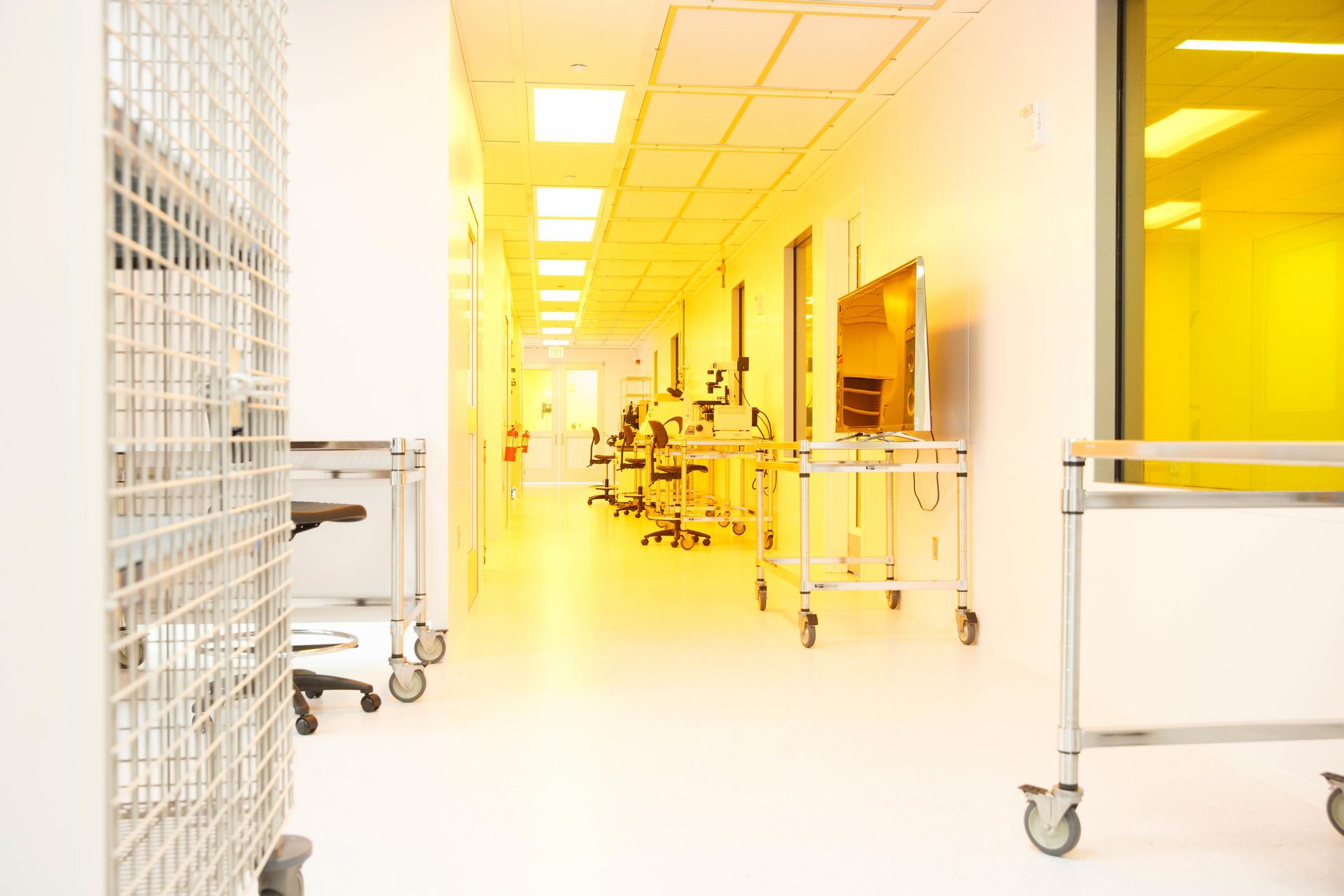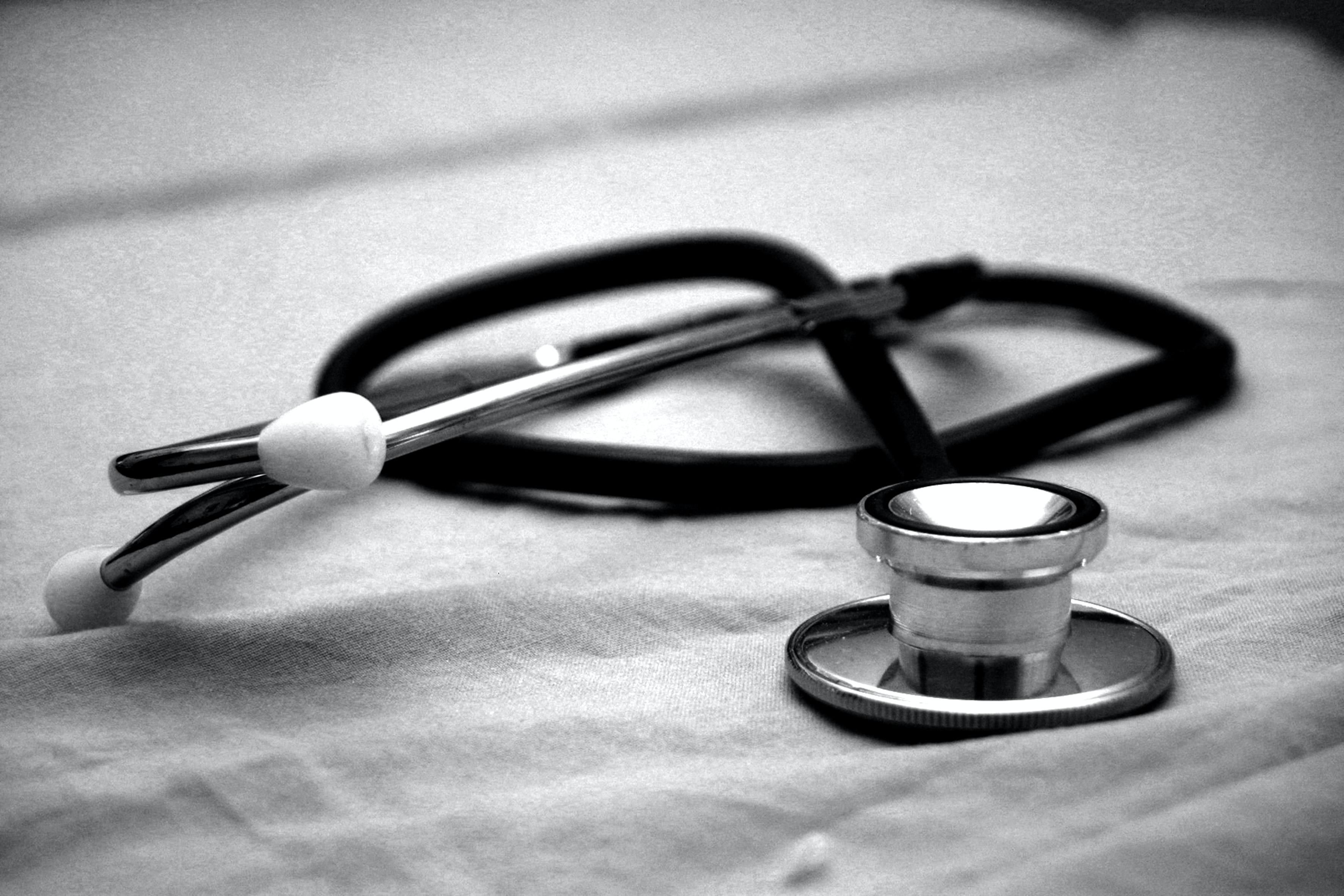The George Washington University began ramping up on-campus research activities last week, allowing some researchers to resume those aspects of their work that must be carried out in campus laboratory spaces in the Science and Engineering Hall and elsewhere. The increase in in-person research will continue to adhere to evolving directives from local, state and national public health authorities.
“During this phased approach to ramping up research activity, the university’s first priority is the emotional and physical well-being of our students, faculty and staff, as well as that of our neighbors,” said Vice President for Research Robert H. Miller. “No one should feel pressured to return to a research laboratory setting until they are fully comfortable doing so.”
The Office of the Vice President for Research has established a number of guidelines under which increased activity can resume, including but not limited to the following:
- Any lab and shared area may be utilized up to 25 percent of its capacity. Principal investigators or project leaders may determine how best to divide responsibilities or rotate team members to ensure a safe density of personnel. Coordination will be in areas shared by multiple projects or teams from multiple departments and schools.
- Appropriate personal protective equipment (PPE), including masks, must be worn in all buildings and common areas. Individual schools, units and laboratories may establish additional protocols regarding necessary standards for equipment.
- Social distancing guidelines should be followed at all times.
- Individuals should limit their time in university buildings to the absolute minimum required to accomplish their tasks. No tasks should be conducted on campus that could be conducted via telework.
In implementing this phased restart, priority will be given to graduate students and postdoctoral students who are close to completing their degrees or terms of appointment. This includes students and postdocs working on analytical and computationally oriented research. Priority will also be given to principal investigators with grants within four months of their end dates or where cost extensions are impossible.
Research projects conducted on campus using human subjects and involving direct subject interactions and interventions can be restarted in a manner consistent with guidelines from the GW Medical Faculty Associates (MFA), university, federal and D.C. authorities. Staffing and operations of newly reopened shared facilities will be kept at a minimum and training of new users may be suspended.
The OVPR guidelines set broad standards that serve as a starting point for schools and investigators to determine the best way to safely resume or continue their research. The initial guidelines were developed in close consultation with university leadership, research deans and partners throughout the research ecosystem. Feedback from the GW community will further inform the planning process and subsequent reopening phases.
While many activities ceased in March due to the COVID-19 pandemic, limited in-person research has continued in a number of GW laboratories. Since DC has canceled the stay-at-home order and entered stage one, the university has eliminated the need for researchers to be given special permissions to access laboratory space. Any space that a student, faculty or staff member could access before the distance learning/telework period will now be accessible again. However, no campus buildings are open to the public or are available for activities that can be completed via telework.
“GW has a diverse and growing research portfolio and a very active community of investigators,” said Senior Associate Vice Provost for Research Gina Lohr. ”We want to create a safe environment for them to return if and when they are ready.”



